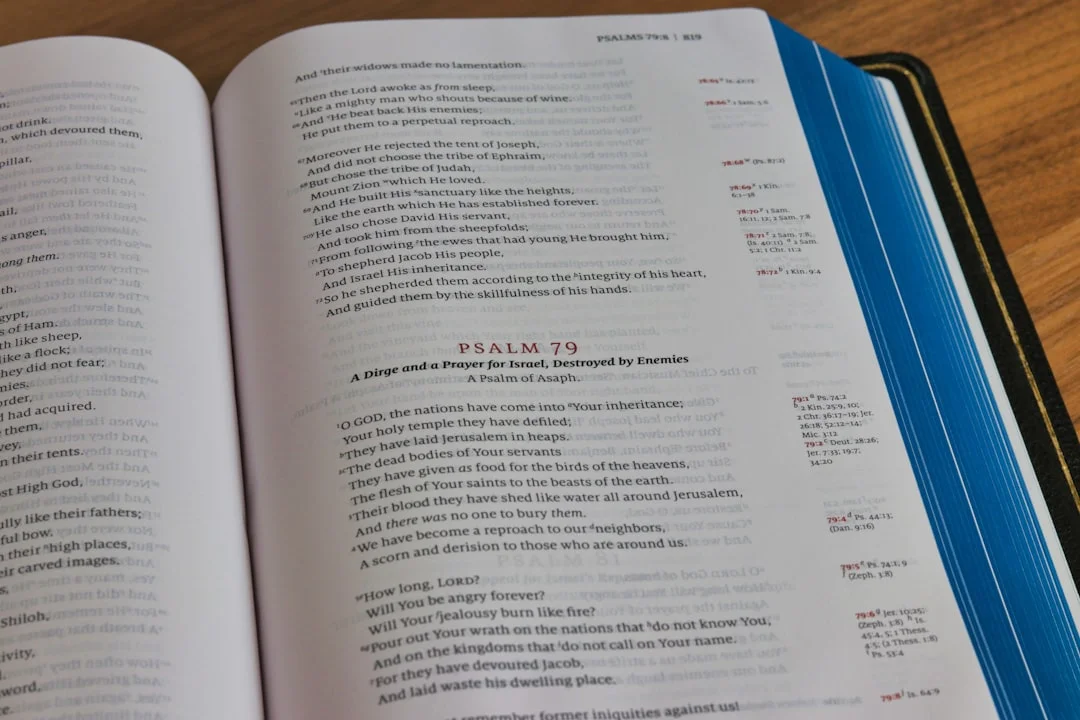
10 Ways AI Can Boost Your Study Productivity (Without Making You Dependent)
Practical, grounded ways students can use AI—planning, flashcards, memory cues, spaced review, synthesis—while keeping agency and critical thinking intact.
TL;DR
Practical, grounded ways students can use AI—planning, flashcards, memory cues, spaced review, synthesis—while keeping agency and critical thinking intact.
Table of Contents
Need help turning messy notes into clean flashcards?
MemoForge pulls highlights, structures prompts, and exports straight to Anki so your study time stays focused on recall.
10 Ways AI Can Boost Your Study Productivity (Without Making You Dependent)
AI can feel like cheating. Or like a gimmick. Truth? It’s a power tool. Use it thoughtfully and it removes drudgery so you can spend time on thinking instead of formatting, hunting definitions, or rephrasing the same sentence again.
Below are ten evidence‑aligned, sanity‑preserving ways to weave AI into a real study routine—without handing over your brain.
1. Rapid Summarization (But With Verification)
Upload a dense article or PDF. Get a structured outline: headings, subpoints, key terms. Then spot‑check each section. AI saves time framing; you confirm accuracy. Don’t outsource judgment.
2. First-Pass Flashcard Drafting
Tools like MemoForge turn cleaned notes or slides into candidate cards: definitions, contrasts, processes, scenarios. You prune, tighten, and export to Anki. Hours saved; quality maintained.
3. Concept Contrast Tables
Ask AI: “Contrast innate vs adaptive immunity across activation speed, specificity, memory presence, primary cells.” Instant table → you refine phrasing → convert each row into cards. Structured thinking scaffolded.
4. Cloze Generation for Formulas & Vocab
Instead of manually bracketing every blank, have AI produce multiple cloze versions graduating difficulty. You keep only those that isolate one recall target.
5. Paraphrase for Compression
Long lecture ramble? Ask for a tighter, exam‑focused restatement limited to 120 words emphasizing mechanisms or causal steps. Use compressed version as card source, not as final card.
6. Scenario Crafting for Application
Higher‑order questions ("Given labs: Na+, K+, pH… what disorder fits?") build exam readiness. Feed AI a concept cluster; request 5 varied clinical / legal / technical scenarios. Keep those that feel authentic.
7. Pronunciation + Example Sentences (Languages)
Generate IPA, stress marks, and 2 contextually distinct example sentences. Then add audio (TTS or native clip). Multimodal reinforcement = stronger traces.
8. Study Session Planning
Ask: “I have 65 glycolysis/respiration cards, exam in 9 days, average 20 minutes/day—plan review cadence.” You get a draft schedule. Adjust for real life (missed days, energy dips). Planning friction reduced.
9. Adaptive Rewrites of Weak Cards
Fail the same card 3 times? Paste it and request: “Rewrite as two atomic, scope‑anchored prompts.” AI proposes cleaner splits; you approve. Leech mitigation accelerated.
10. Reflection & Metacognition Prompts
End of week: “Summarize what I reviewed: Krebs, renal handling, contract consideration. Ask 5 self‑quiz questions exposing weak integration.” These prompts surface gaps you might ignore.
Guardrails (Keep Your Brain in the Driver’s Seat)
| Risk | What Happens | Safeguard |
|---|---|---|
| Blind trust | Fossilized errors | Spot‑check sources |
| Overgeneration | Deck bloat | Prune mercilessly |
| Passive reading | Illusion of learning | Always attempt recall first |
| Dependency | Skill atrophy | Alternate AI vs manual sessions |
| Vagueness | Ambiguous recall | Add scope + mechanism |
Sample Mini Workflow (All Integrated)
| Step | Tool | Time |
|---|---|---|
| Ingest PDF | MemoForge | 1–2 min |
| Summarize sections | AI | 2 min |
| Draft flashcards | MemoForge | 1–2 min |
| Prune + polish | You | 6–8 min |
| Export to Anki | MemoForge | <1 min |
| First review | Anki | 8–10 min |
15–20 minute total pipeline versus an hour of manual typing.
A Quick Digression: Productivity ≠ Endurance
Endless grinding feels virtuous but tanks retention after fatigue sets in. AI lowers friction so you can do shorter, sharper sessions more consistently. Consistency compounding beats marathon bursts.
When NOT to Use AI
- Brand new conceptual terrain you haven’t read once
- Graded essays (you risk losing authentic voice)
- Niche, high‑precision problems (advanced math proofs) without domain review
- Memorizing already‑automatic facts—waste of tokens and time
Fast Start Today
- Pick one chapter you half‑understand
- Summarize → verify
- Generate 40 candidate cards
- Prune to 25; export
- Review today; rewrite 3 tomorrow
Momentum > heroic all‑nighters.
Final Thought
AI doesn’t replace deep study—it protects it. By clearing mechanical overhead, it lets you spend energy where learning actually happens: grappling, recalling, connecting. Keep steering; let the tooling carry the load.
Want to try the flashcard drafting step? Drop a clean PDF into MemoForge and watch structured prompts appear while you sip tea.
Related Articles

From PDF Highlights to Quality Flashcards: A Proven Workflow
Turn PDF highlights into clear, atomic flashcards using a capture → curate → card pipeline with examples, tagging, and AI assist.

How to Use Anki: Step-by-Step Beginner Guide (2025)
Install Anki, build your first deck, choose the right settings, and set a daily review routine with AI tips to stay consistent.

From Notes to Mastery: How to Turn Class Notes into Effective Flashcards
A step‑by‑step, student‑friendly system for converting messy lecture notes into clear, memorable flashcards—manual and AI‑assisted—without spending all night formatting.